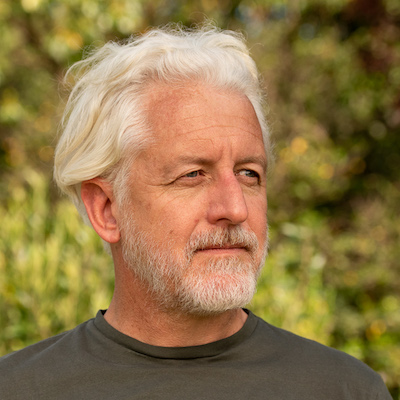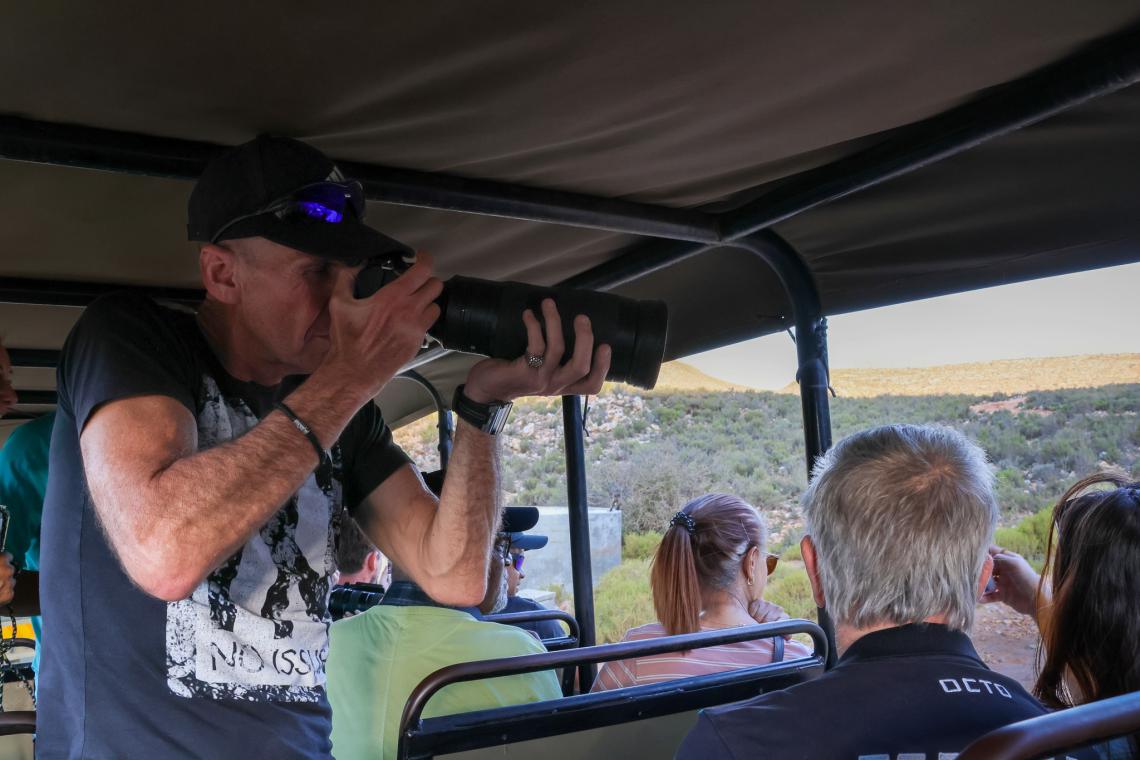Nikon released the Nikon Z6iii in June 2024. It would be fantastic if it were anything like the Zii, but it is even better! You can view the details here. We will try to get a review out as soon as possible.
The Nikon Z6II was released in October 2020. Before testing, I was convinced this would be a great camera for wildlife photography. I was not disappointed. Nikon provided us with a demo unit for our safari outing to Aquila Game Reserve, a commercial game reserve within two hours of Cape Town in South Africa.
All images have been reduced in size to 750 pixels wide and reduced in quality to 90% and again optimised in Squoosh to 90%.
Key Considerations
- Affordability: The Nikon Z6ii offers excellent value for its price, making it a great choice for budget-conscious wildlife photographers.
- Lightweight: The camera's compact design and lightweight build make it easy to carry and manoeuvre in the field.
- Image Quality: The Z6ii delivers exceptional image quality, capturing stunning wildlife photos with excellent detail and dynamic range.
- Battery Life: While the battery life is adequate for most shooting scenarios, carrying a spare battery is recommended, especially on long safaris.
- Tilt Screen: The limited tilt screen can be a drawback for certain shooting angles, but it's manageable with careful composition.
- Overall Satisfaction: The Nikon Z6ii is an excellent camera for wildlife photography.

Elephant 500mm 1/2500 f5.6 ISO1000 ~ Steven Greaves
Unlock your photography potential! Subscribe to our YouTube channel for our FREE photography series coming soon!
Aquila Game Reserve proved to be ideal for this type of shoot. The field guides got us right up close and personal. Many of the tourists were only armed with their cell phones for photographs. For this trip, I invited a professional photographer and photography teacher from Studio 7 Photography, Steven Greaves. Steven provided unique insights for this article. You can check out the studio's Instagram here.
For this review, we used the lens mount adapter FTZ and most of the photos were shot with the Nikon 200-500 f/5.6E AF-S ED VR Lens. Using the lens adapter and the older lenses reduces some of the advantages of weight saving that the mirrorless range would offer. The adapter and lens, however, performed flawlessly with the camera.
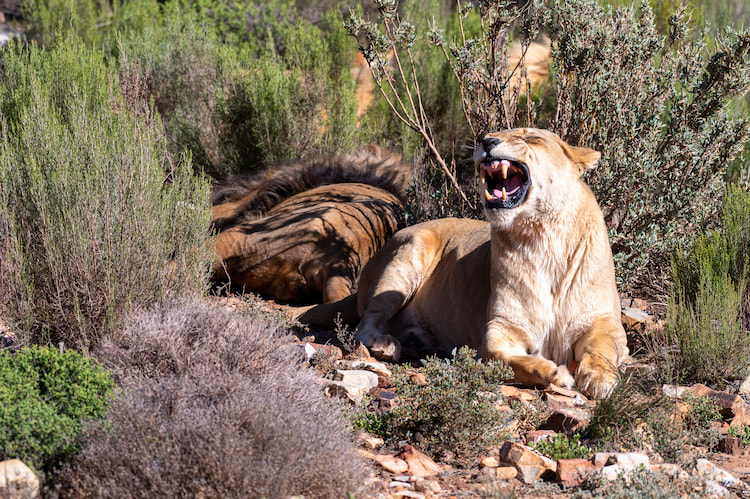
Female Lion 300mm 1/800 f6.3 ISO200
Why the review on Nikon Z6ii
Some readers would wonder why we decided the test the Nikon Z6ii first and not jump straight to the Nikon Z7ii. Our objective was to provide budget-sensitive wildlife photographers with some information on this what we believe is a semi-professional camera. The main difference is that the Nikon Z6ii has fewer megapixels 24, compared to the 45 megapixels of the Nikon Z7ii. Making the Nikon Z6ii an excellent upgrade option for photographers still using the D750. But more on that later.
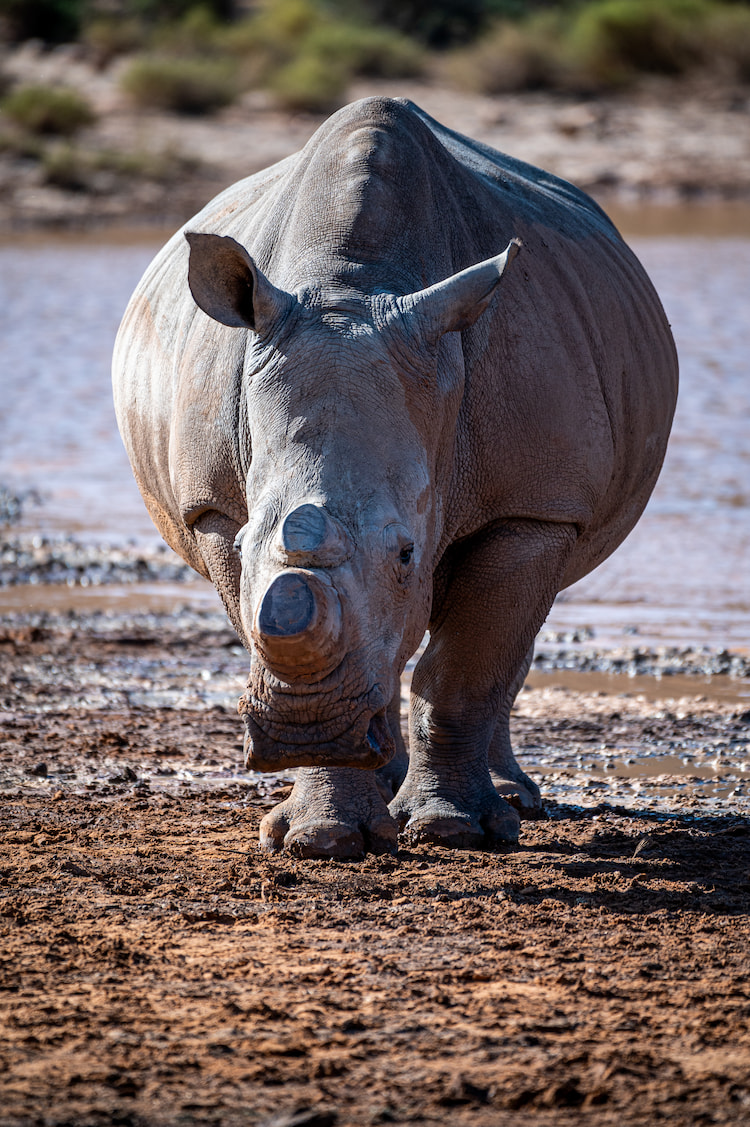
Rhino 500mm 1/1000 f5.6 ISO400 ~ Steven Greaves
Ergonomics and design of the Nikon Z6ii
The body build is solid and high quality. The grip and handling had different opinions from Steven and myself. I was generally happy with the grip and how it felt, but Steven felt it was designed too small. Nikon has increased the size of the body for the Nikon Z8 and Z9. For users with large hands, a battery pack may assist in getting some stability for the Nikon Z6ii with obvious weight disadvantages.
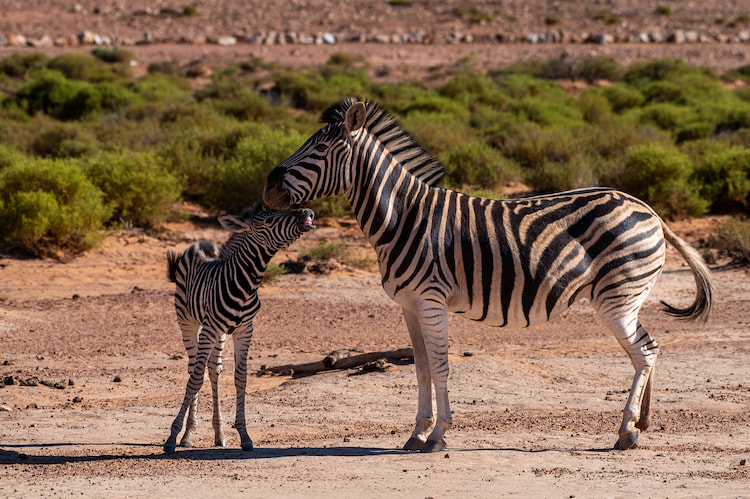
Zebra 210mm 1/800 f6.3 ISO 200
The buttons are well-placed for wildlife photography. If you are moving from, for example, the Nikon D750, you will need to get used to the fact that some controls are on the touch screen. The layout and design are straightforward to get used to for Nikon users. The ISO and video button is well placed for quick interaction. The camera offers dual card slots, which is great for pro users. Steven had the card door pop open by accident.
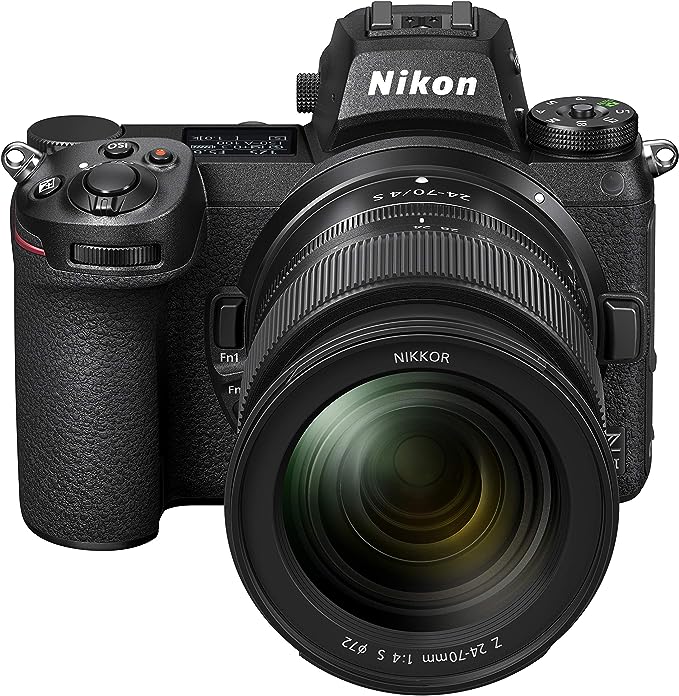
View the Nikon Z Series on Amazon
The tilt screen design is not very practical. The D750 goes almost 90 degrees, whereas the Nikon Z6ii gives a limited 45-degree angle. The image quality is fantastic, though and the zoom works very well. You may want to switch off the image preview as it slowed the shoot. Steven found the joystick very handy. I was not a big fan, but it will be great once you get used to it.
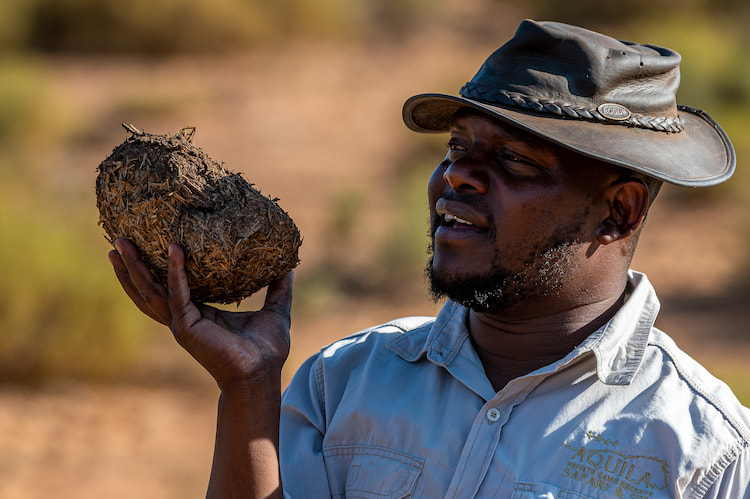
Nature Guide 500mm 1/1000 f5.6 ISO400 ~ Steven Greaves
Battery life
The battery life for Safari was the one problem we had with the Nikon Z6ii. The wildlife photography use case is heavy on battery use. If you are used to a DSLR like me who regularly leave the camera on, the standby does not use much battery life. With the mirrorless, you will run out of battery. Both Steven and I ran out of battery power during the safari. You must manage the settings and switch them off between shots. If you plan to use this camera on safari, I recommend buying a backup battery or battery pack from the outset. The good news is the batteries are standard. The positive is that the camera charges directly from USB3, so you could use a portable battery pack.
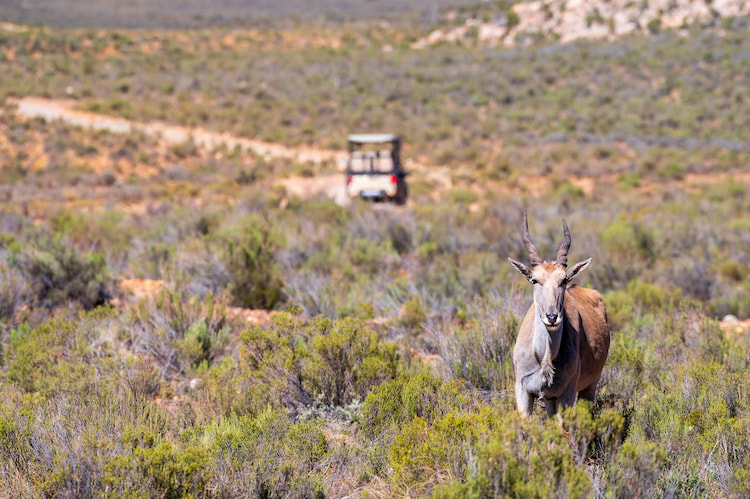
Eland 310mm 1/800 f6.3 ISO 200
Taking photos with the Nikon Z6ii
The camera operation is fantastic and definitely shows some thought and improvement from the DSLR era and cameras such as the Nikon D750. The EVF is brighter than the OVF, and you can preview images immediately. Seeing exactly what you shoot is a great advantage when you shoot wildlife in precarious light conditions.
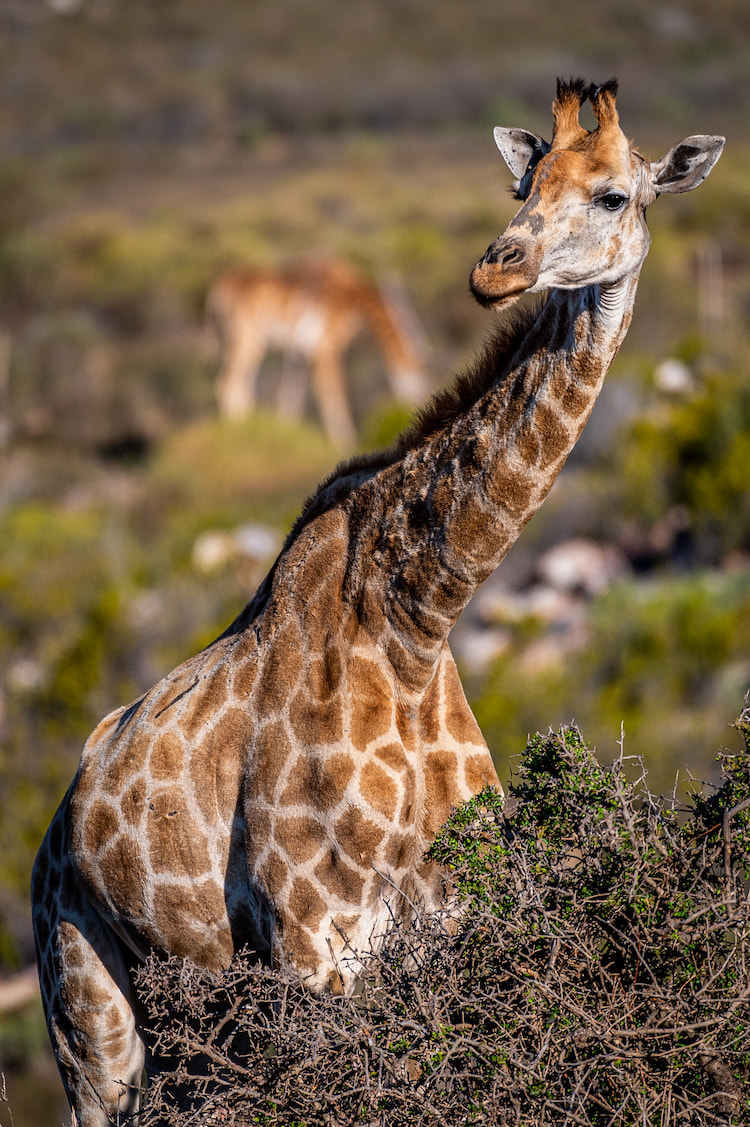
Giraffe 500mm 1/1600 f5.6 ISO400 ~ Steven Greaves
The full-frame 35.9 mm x 23.9 mm FX CMOS sensor performs exceptionally well and delivers 25 megapixels. This may sound very limited compared to some big numbers thrown around, even with cell phones today. However, if you frame when you shoot and publish in publications like ours, 25 megapixels, is more than enough for use with a good lens. If you like to crop instead, head for the Nikon Z7ii. The Nikon Z6ii camera handles noise very well.
The body camera stabilisation is a game changer, and you can shoot almost at a 10th of a second. The autofocus system is brilliant. Focus points can utilise the entire screen. Subject tracking and the auto-wide area are rapid. When capturing video the focus system also performed very well.
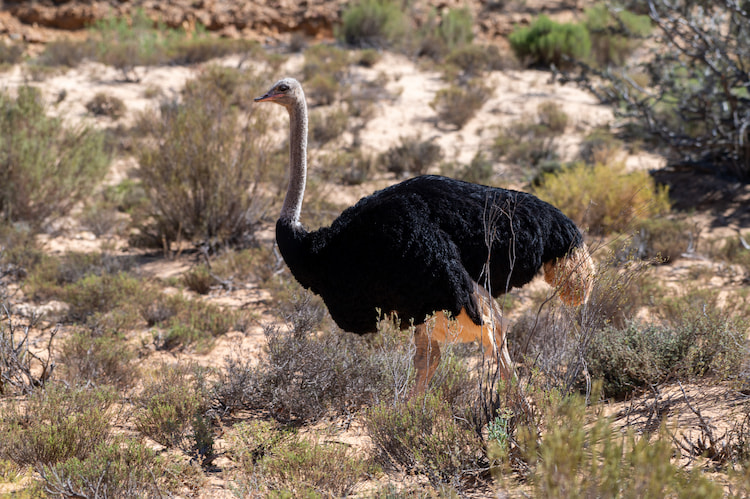
Ostrich 200mm 1/400 f6.3 ISO 200
Photographing Wildlife on Safari
Shooting wildlife, the photography method is fun and rewarding, but getting started can be a little daunting. The positive of having wildlife as your subject on safari is that the animals don't care about their hair or their dress. The light is what it is unless you have a private safari. You can focus on what photographers love—taking pictures.

Hippo 500mm 1/500 f5.6 ISO800 ~ Steven Greaves
Some technical issues you may need to deal with shooting wildlife on safari include backlight issues. Not all guides are focused on getting the light right for photography, and sometimes the position is what it is. Spot metering works well for big backlights. I have not found many cameras where subject tracking ideally focuses when photographing all types of wildlife, although excellent and fast on the Nikon Z6ii. I prefer to choose my focus point, ideally the eye. For static wildlife, aperture priority works really well.
Nikon Z6ii image quality and handling
I cannot fault the image quality delivered by the camera. You may find many reviews on the internet comparing the technical details so I would not repeat that here. Comparative to my DSLR the image quality is fantastic.
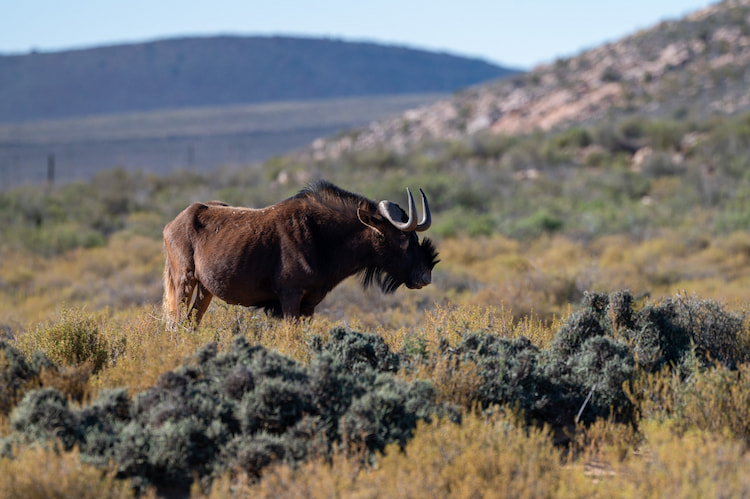
Black Wildebeest 340mm 1/400 f6.3 ISO 200
Upgrading from DSLR to Mirrorless with the Nikon Z6ii
I must be one of the last people to not have upgraded to mirrorless from DSLR. When I go out on local shoots I am often the only one without a mirrorless. Truly I believe the technology has many advantages over the DSLR. The most significant for me is the real-time view to see exactly what the camera sees and what the image will look like with the added backlight.
In this camera, the only negative I could see in upgrading is the battery life. I have so many things to charge on a daily basis. My DSLR is not often one of them. The mirrorless will become one. The battery literally ran out on both Steven's and my safari. So make sure you get the extra battery for this use case or manage your battery life very well.
Closing notes
So would I buy this camera? Hell yes. Overall I found it fantastic for the price. If you don't require the extra pixels, this is an ideal camera, as it is lower on the list of semi-pro cameras. If you have the budget, you can look at the added benefits of buying the Nikon Z7ii, or even the Nikon Z8 and Z9. The latter two offer a more professional focussed body design.
